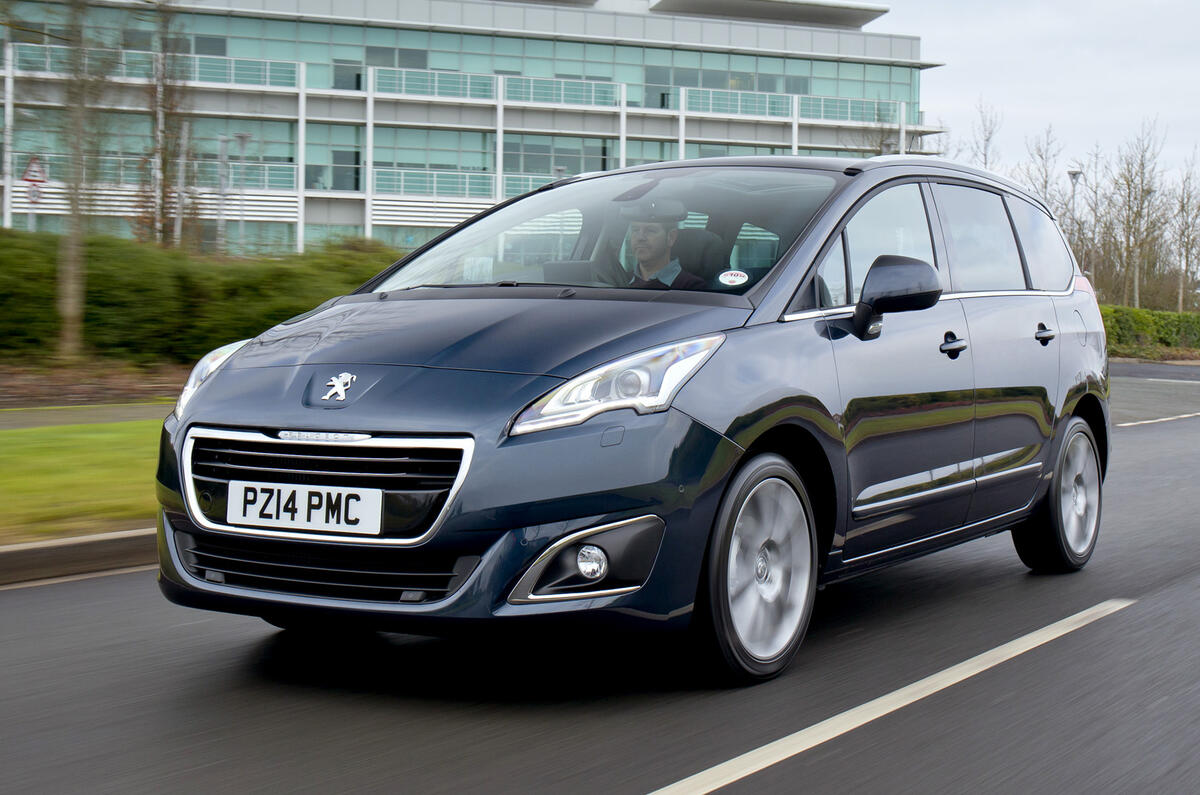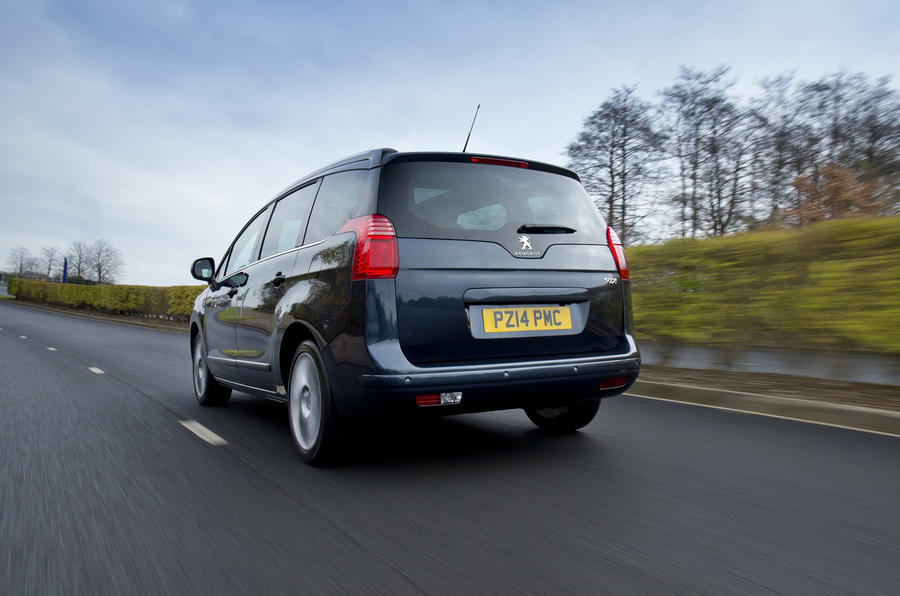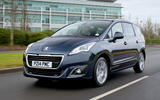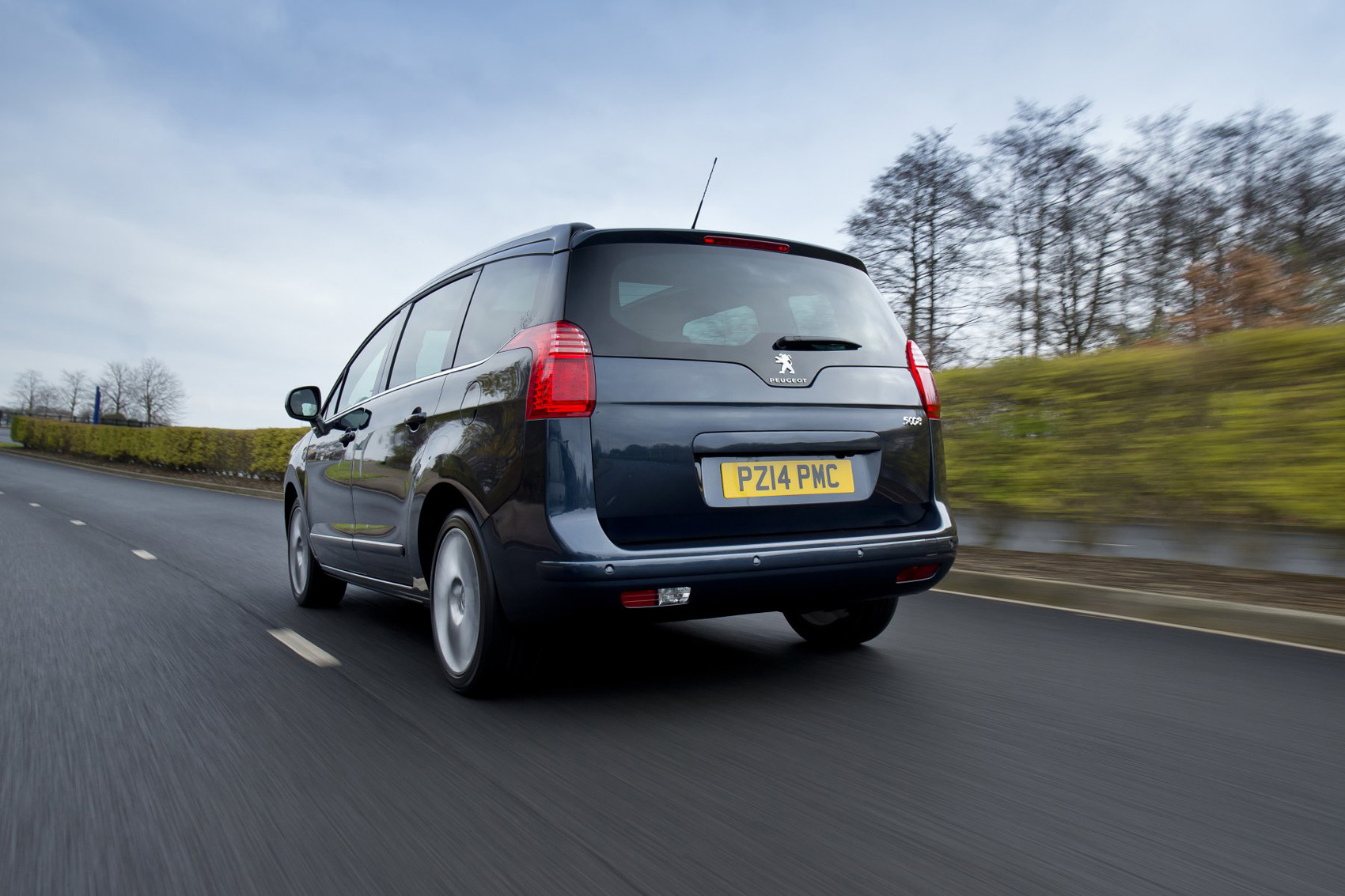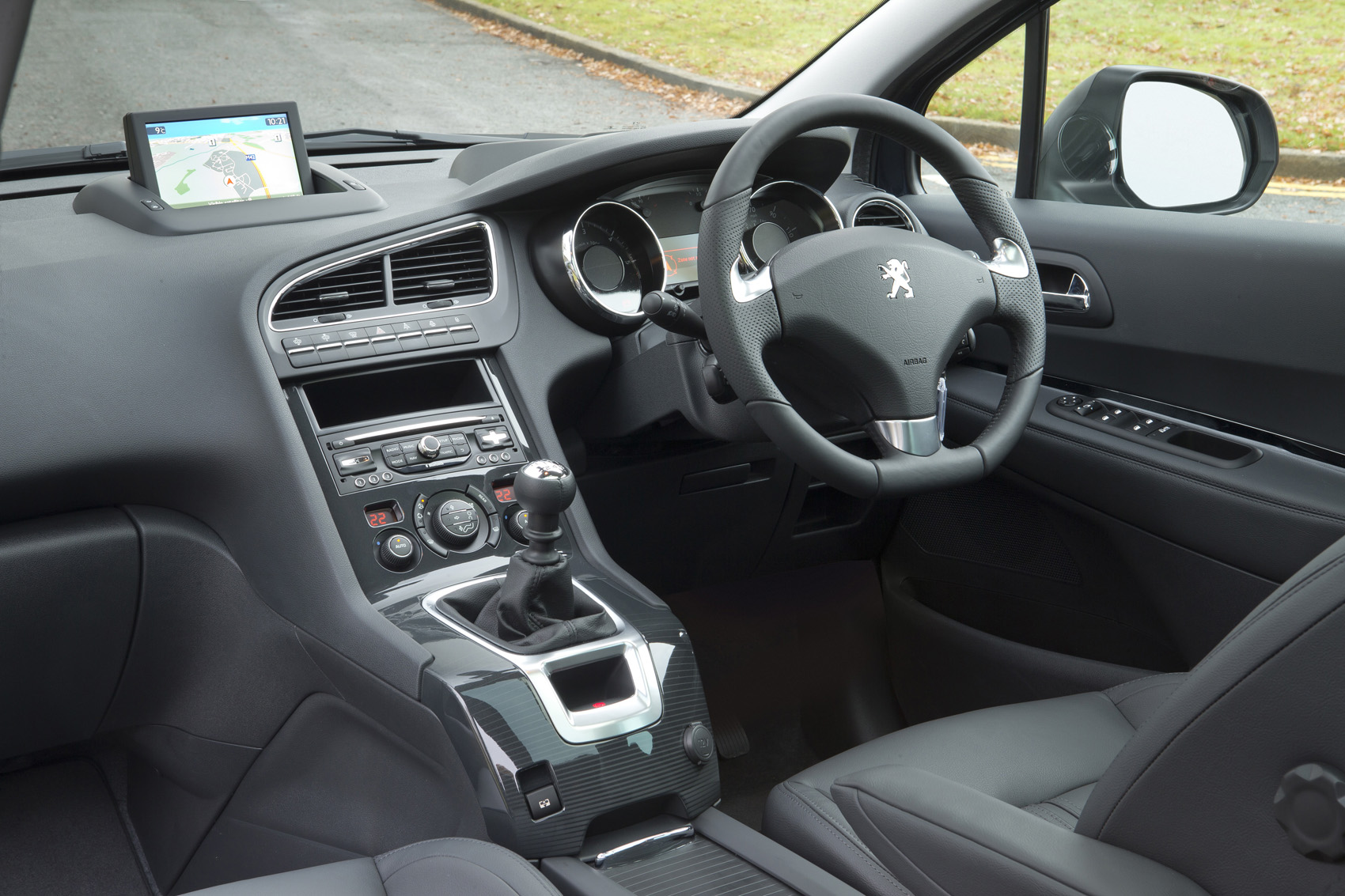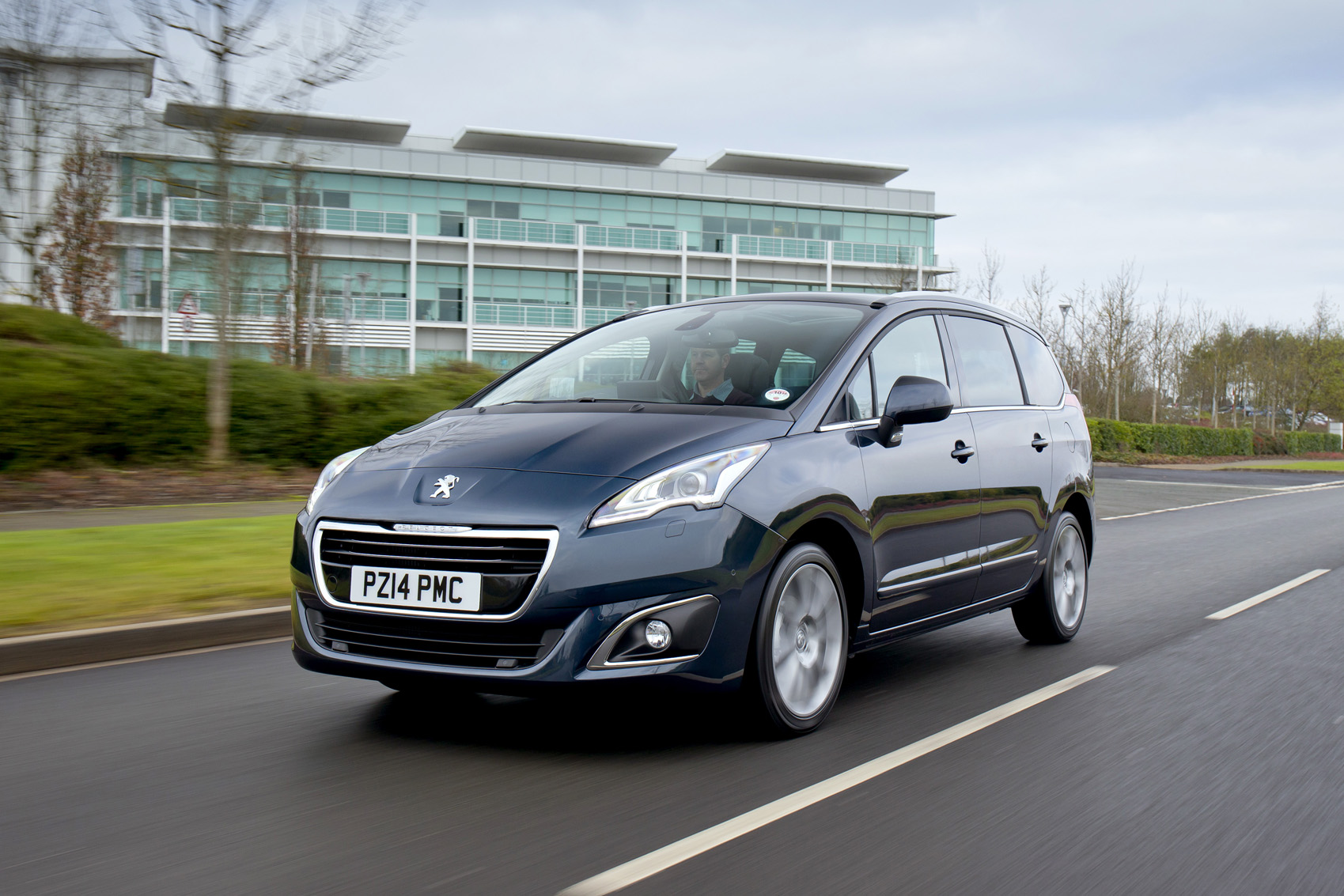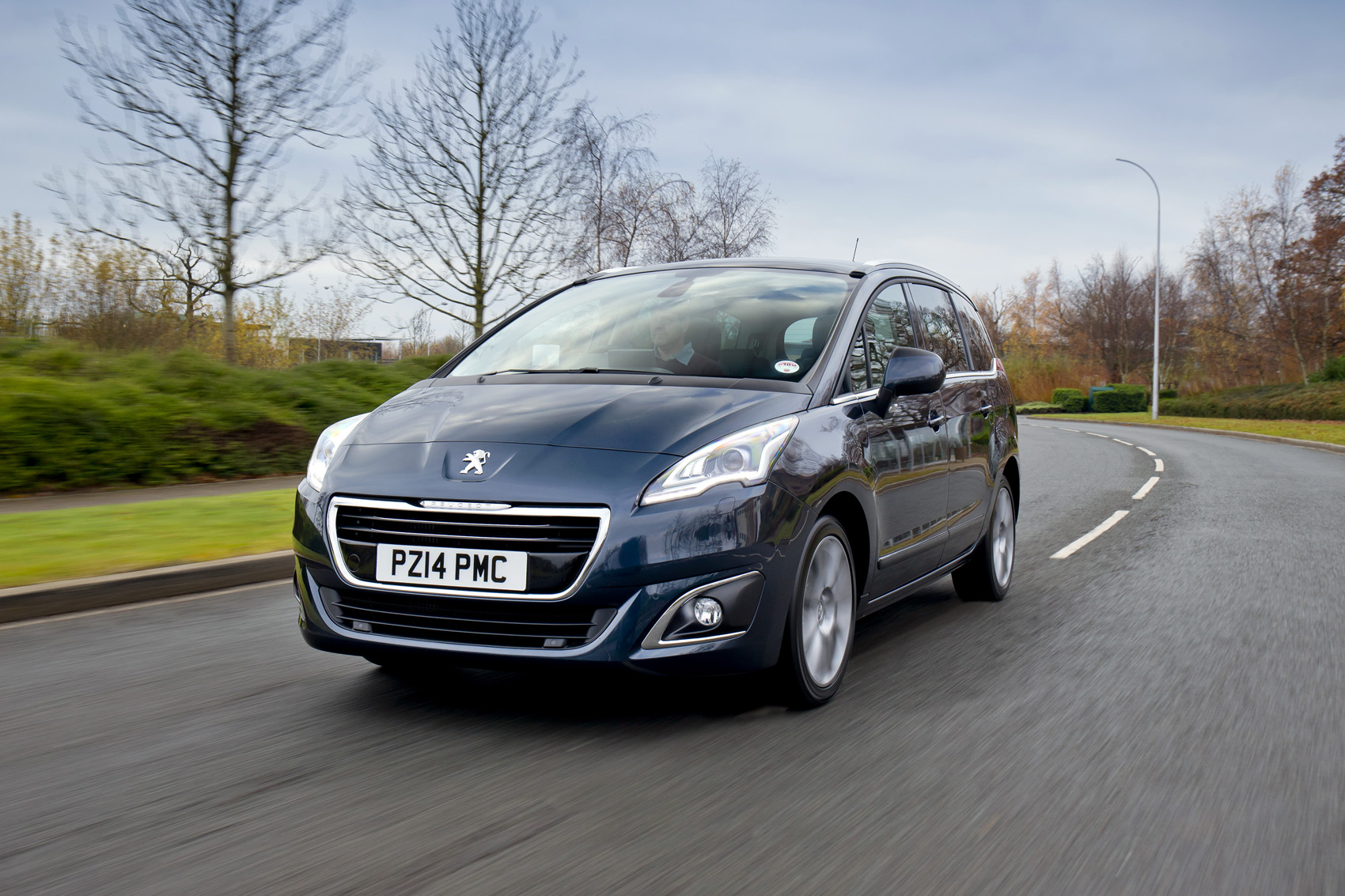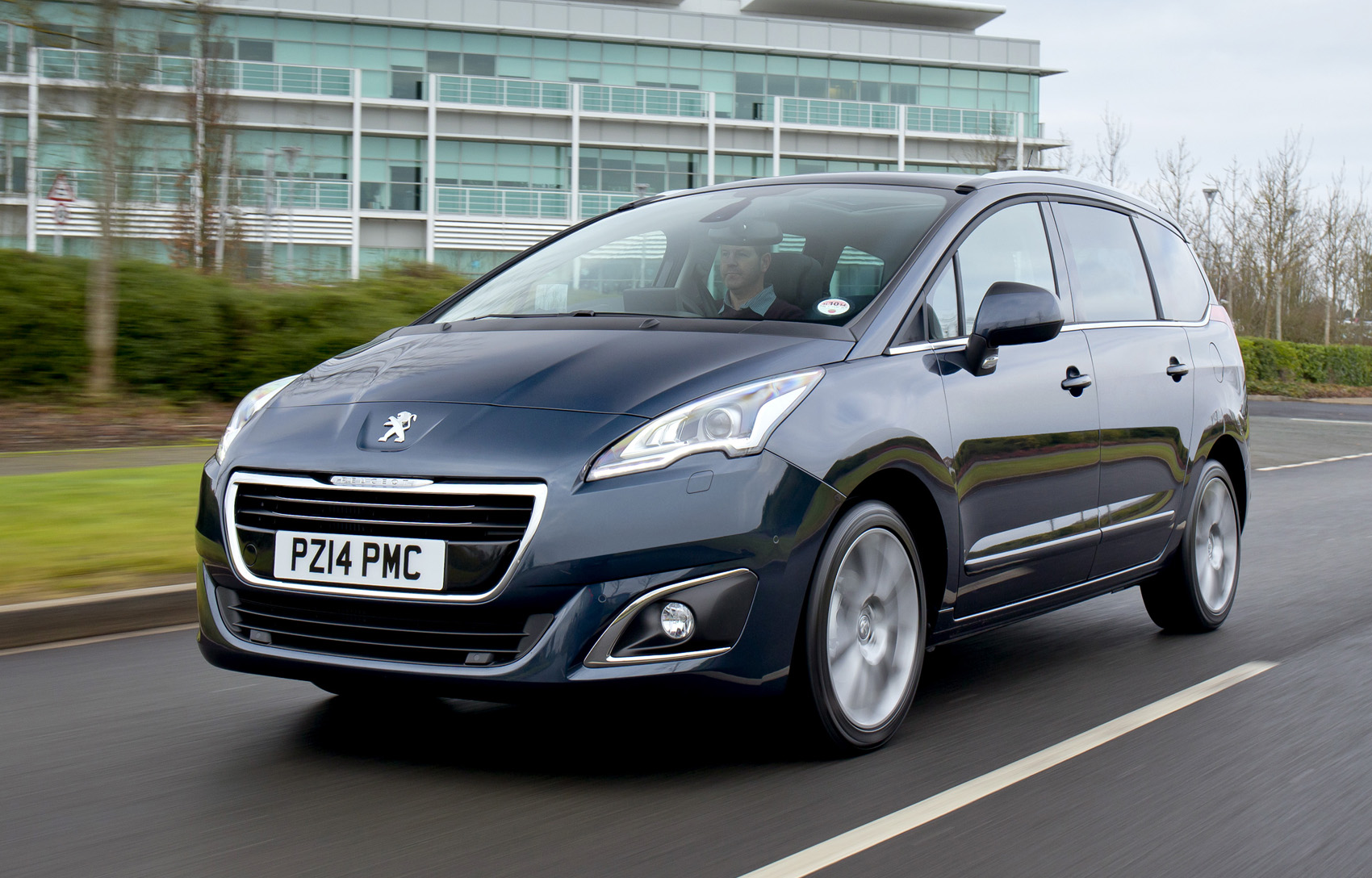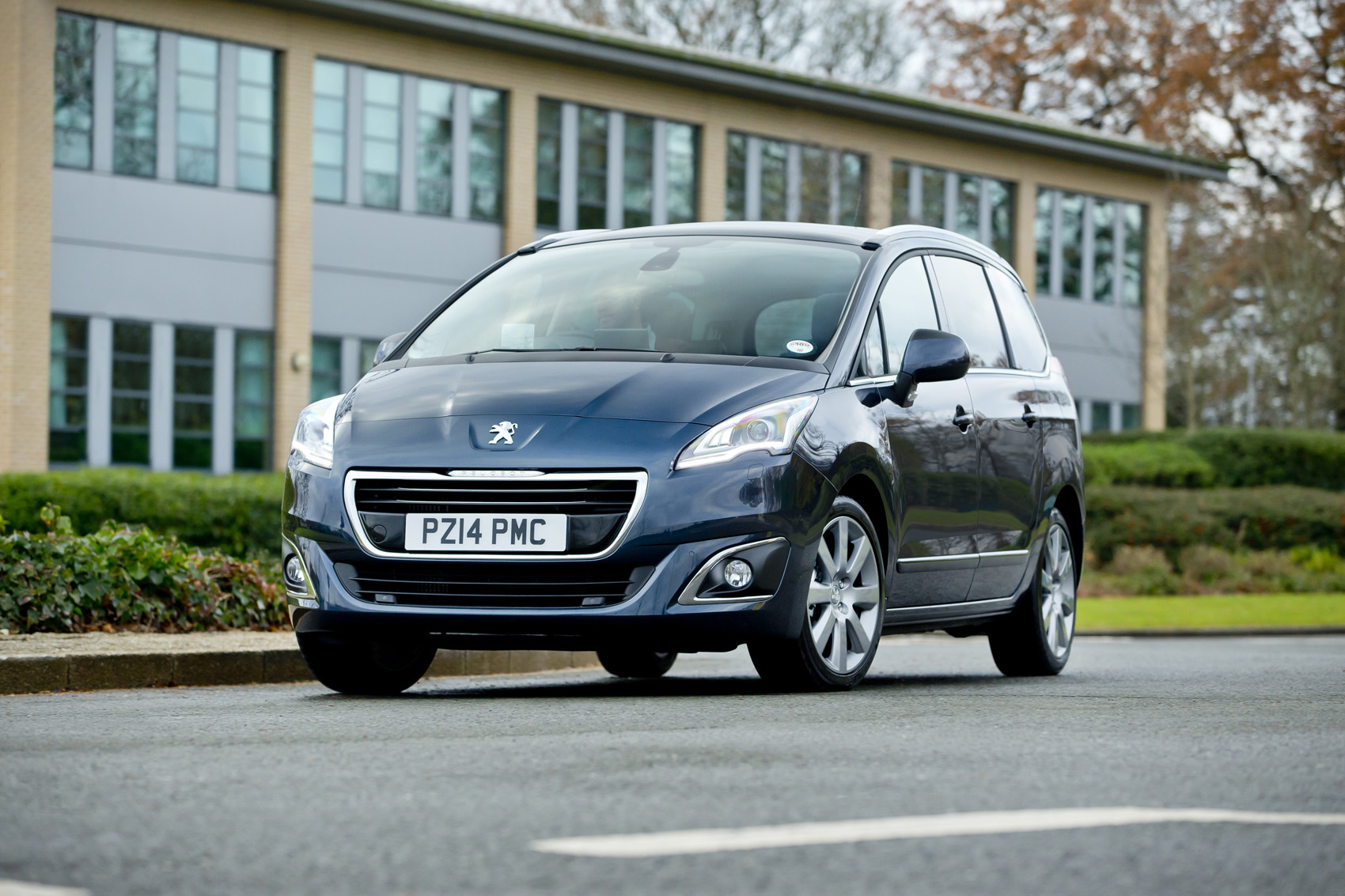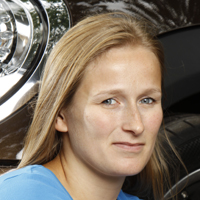There’s genuine relevance to Peugeot’s use of the number five in its naming of the Peugeot 5008 people carrier. In the annals of Peugeot’s history, a five suggests genuine practicality.
It was used on the 504 and 505 large saloon and wagon that spanned the late 1960s to the mid-1990s. The latter offered up to eight forward-facing seats long before the MPV proper arrived, thanks to a row of chairs in its boot, and gathered a world-renowned reputation for versatility and robustness. Visit certain parts of Africa today and you’ll still find 505s used as taxis and general family workhorses.
Peugeot hasn’t offered a medium-sized MPV before, however; the larger Peuegot 807 was its most recent people carrier, which was built in response to the vogue for voluminous ‘minivans’ that the original Renault Espace and Chrysler Voyager sparked in the late ’90s. The 806/807 was built in Valenciennes, France, as part of a joint venture between Peugeot brand owner PSA and Fiat SpA.
The Peugeot 5008, though, is a smaller ‘onebox’ utility car entirely in the current tradition. It offers five or seven seats and is available with a range of four-cylinder petrol and diesel motors of average size and performance. Its high driving position is very much in the same mould as the segment-defining Citroën C4 Grand Picasso, with which the 5008 shares its underpinnings.
The 5008’s introduction, at the end of 2009, coincided neatly with the promotion of Peugeot design director Gilles Vidal, whose influence was already beginning to show itself in the firm’s models. He promised a renaissance in styling direction.


